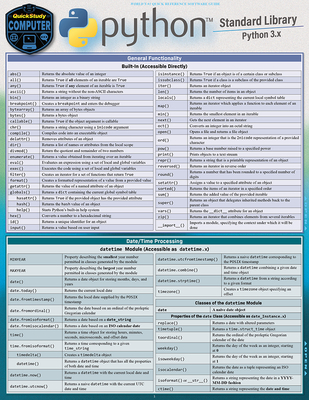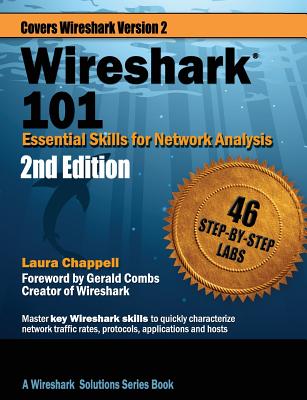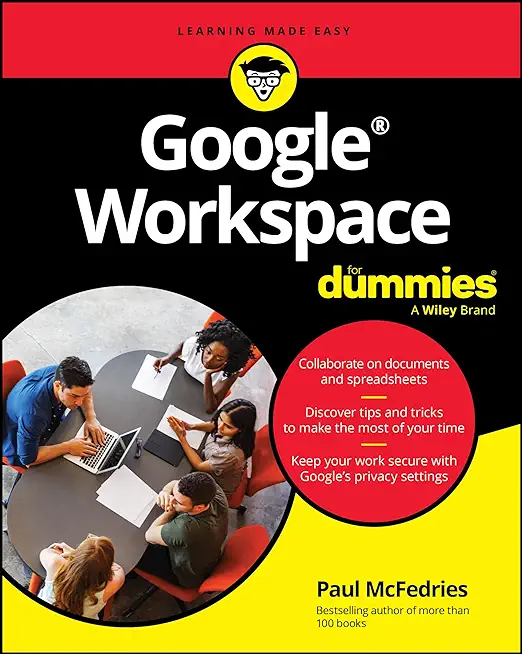CICD 1.0: Implementing Cisco Collaboration Devices Training in Monroe
Enroll in or hire us to teach our CICD 1.0: Implementing Cisco Collaboration Devices class in Monroe, Louisiana by calling us @303.377.6176. Like all HSG
classes, CICD 1.0: Implementing Cisco Collaboration Devices may be offered either onsite or via instructor led virtual training. Consider looking at our public training schedule to see if it
is scheduled: Public Training Classes
Provided there are enough attendees, CICD 1.0: Implementing Cisco Collaboration Devices may be taught at one of our local training facilities.
|
We offer private customized training for groups of 3 or more attendees.
|
||
Course Description |
||
| Implementing Cisco Collaboration Devices (CICD) teaches learners how to
maintain and operate a Cisco Unified Communications solution that is
based on Cisco Unified Communications Manager, Cisco Unified
Communications Manager Express, Cisco Unity Connection, and Cisco
Unified Presence. This course provides the learners with the knowledge
and skills to achieve associate-level competency in Cisco Unified
Communications. This course introduces the architecture, components,
functionalities, and features of Cisco Unified Communications solutions
and describes how daily job tasks, such as system monitoring, moves,
adds, and changes are performed on Cisco Unified Communications Manager,
Cisco Unified Communications Manager Express, Cisco Unity Connection,
and Cisco Unified Presence. CICD also introduces basic video
functionality into Cisco Collaboration solutions
Course Length: 5 Days
Course Tuition: $2990 (US) |
||
Prerequisites |
|
| The knowledge and skills that a learner must have before attending this course are as follows: Working knowledge of converged voice and data networks Basic knowledge of Cisco IOS gateways Basic knowledge of Cisco Unified Communications Manager and Cisco Unity Connection | |
Course Outline |
|
Module 1: Cisco Unified Communications Solutions
Module 2: Administrator and End-User Interfaces
Module 3: Call Flows in Cisco Call Control Platforms
Module 4: Endpoint and End User Administration
Module 5: End User Telephony and Mobility Features
Module 6: Cisco Unity Connection and Cisco Unified Communications Manager IM and Presence Service
Module 7: Cisco Unified Communications Solutions Maintenance
Labs:
|
Course Directory [training on all levels]
Technical Training Courses
Software engineer/architect, System Admin ... Welcome!
- .NET Classes
- Agile/Scrum Classes
- AI Classes
- Ajax Classes
- Android and iPhone Programming Classes
- Azure Classes
- Blaze Advisor Classes
- C Programming Classes
- C# Programming Classes
- C++ Programming Classes
- Cisco Classes
- Cloud Classes
- CompTIA Classes
- Crystal Reports Classes
- Data Classes
- Design Patterns Classes
- DevOps Classes
- Foundations of Web Design & Web Authoring Classes
- Git, Jira, Wicket, Gradle, Tableau Classes
- IBM Classes
- Java Programming Classes
- JBoss Administration Classes
- JUnit, TDD, CPTC, Web Penetration Classes
- Linux Unix Classes
- Machine Learning Classes
- Microsoft Classes
- Microsoft Development Classes
- Microsoft SQL Server Classes
- Microsoft Team Foundation Server Classes
- Microsoft Windows Server Classes
- Oracle, MySQL, Cassandra, Hadoop Database Classes
- Perl Programming Classes
- Python Programming Classes
- Ruby Programming Classes
- SAS Classes
- Security Classes
- SharePoint Classes
- SOA Classes
- Tcl, Awk, Bash, Shell Classes
- UML Classes
- VMWare Classes
- Web Development Classes
- Web Services Classes
- Weblogic Administration Classes
- XML Classes
Business Training Courses
Project Managers, Business Analysts, Paralegals ... Welcome!
Upcoming Classes
Gain insight and ideas from students with different perspectives and experiences.
- Introduction to Spring 6, Spring Boot 3, and Spring REST
15 December, 2025 - 19 December, 2025 - See our complete public course listing






